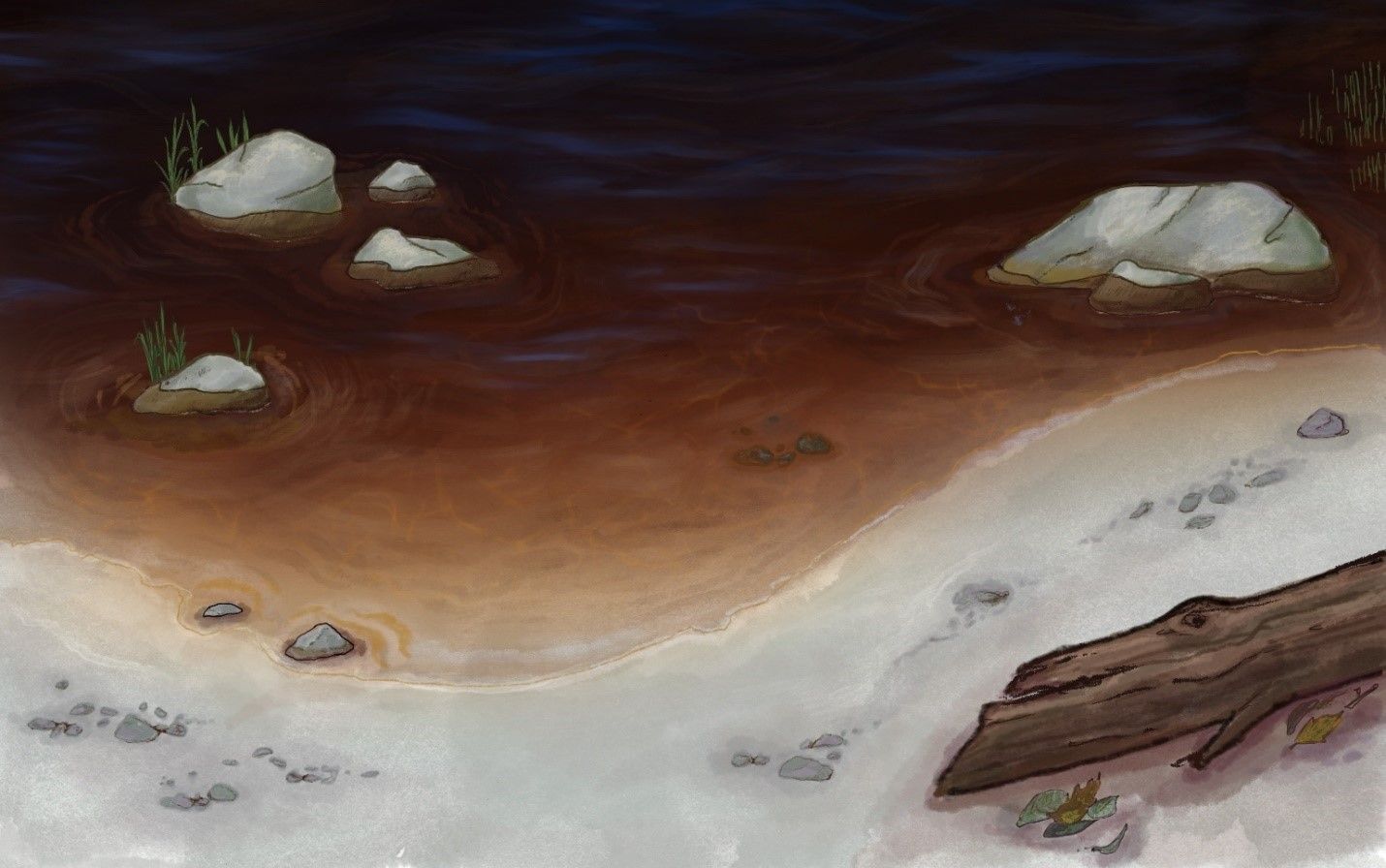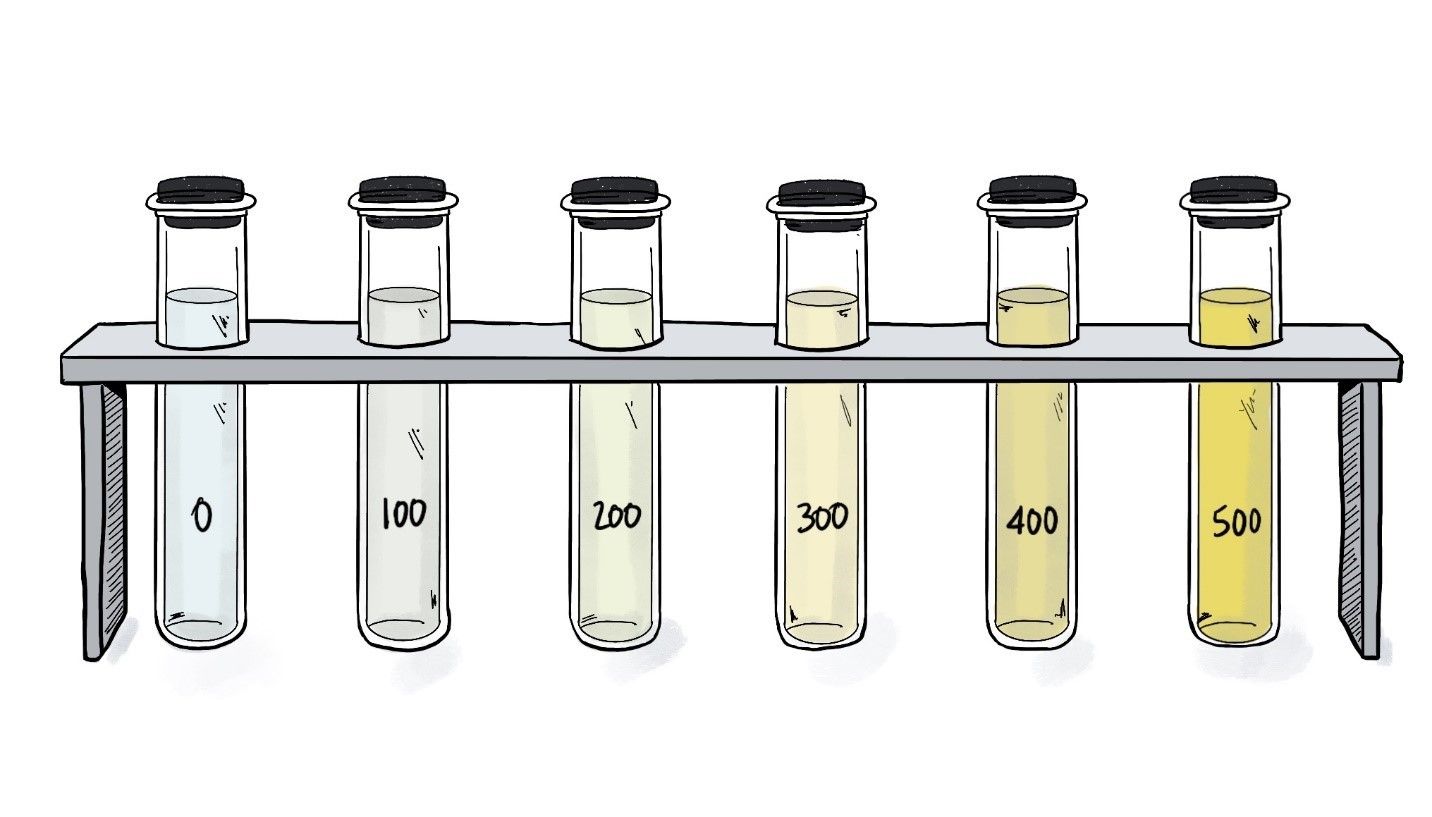What is it?
The colour of water is influenced by what is dissolved and suspended in the water. If water contains low amounts of dissolved and suspended materials the colour will appear clear, or dark blue from a distance.
When levels of dissolved organic matter are higher this can make water appear brown coloured, which can be referred to as tannin-coloured water. Suspended sediment can change the colour of water to shades of brown, grey or light blue. Chlorophyll from algae can make water appear green.
There are also other sources of colour in water like metal ions, pollution, and many other natural or human-made materials.

Water can appear reddish-brown when levels of certain types of dissolved organic matter are high.
Why does it matter?
Water colour not only impacts how a water body looks, it can also affect the health of a river or lake and the things that live in water. Highly coloured water can reduce how much light can get through, which negatively impacts the growth of aquatic plants and, in turn, other aquatic life.
When water colour increases, surface water temperature can also increase, which can affect thermal stratification (the change in temperature at different depths of a waterbody).
How is it measured?
Water colour can be measured as apparent colour or true colour. Apparent colour is the colour of the whole water sample, including both suspended and dissolved components. True colour refers to the colour of the water after it has been filtered, which removes the suspended components. True colour is therefore only influenced by the dissolved components.
Water colour is measured by sending a water sample to a laboratory for analysis.

The colour of water can be reported as a number determined by comparing the water sample to a colour index such as the platinum-cobalt colour scale, also known as the Hazen or APHA colour scale. Colour can also be measured in terms of the water’s ability to absorb light, using laboratory equipment like a spectrophotometer.
Related to water colour: total suspended solids (TSS), total dissolved solids, carbon.
Water colour influences: secchi depth, water temperature.